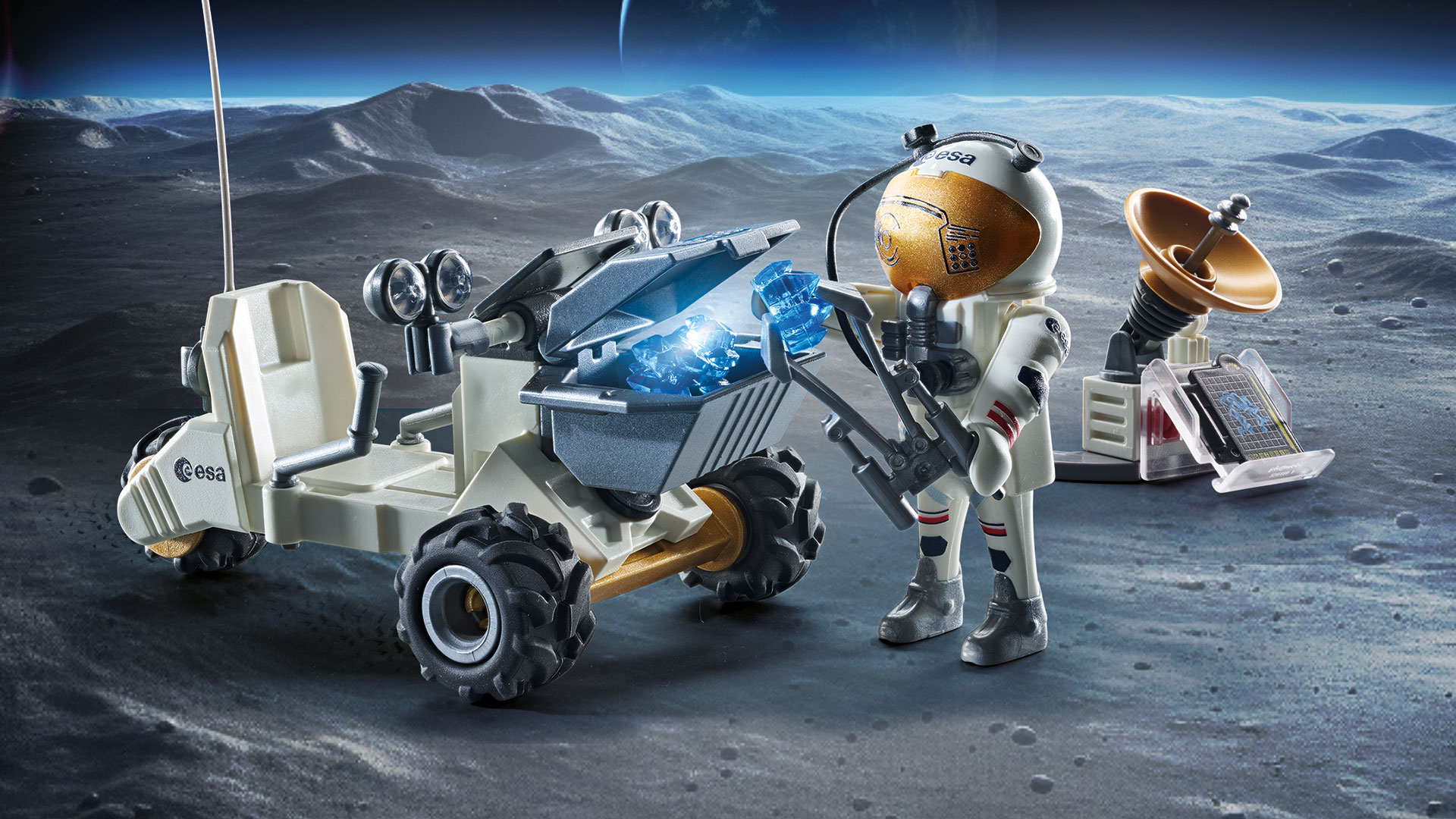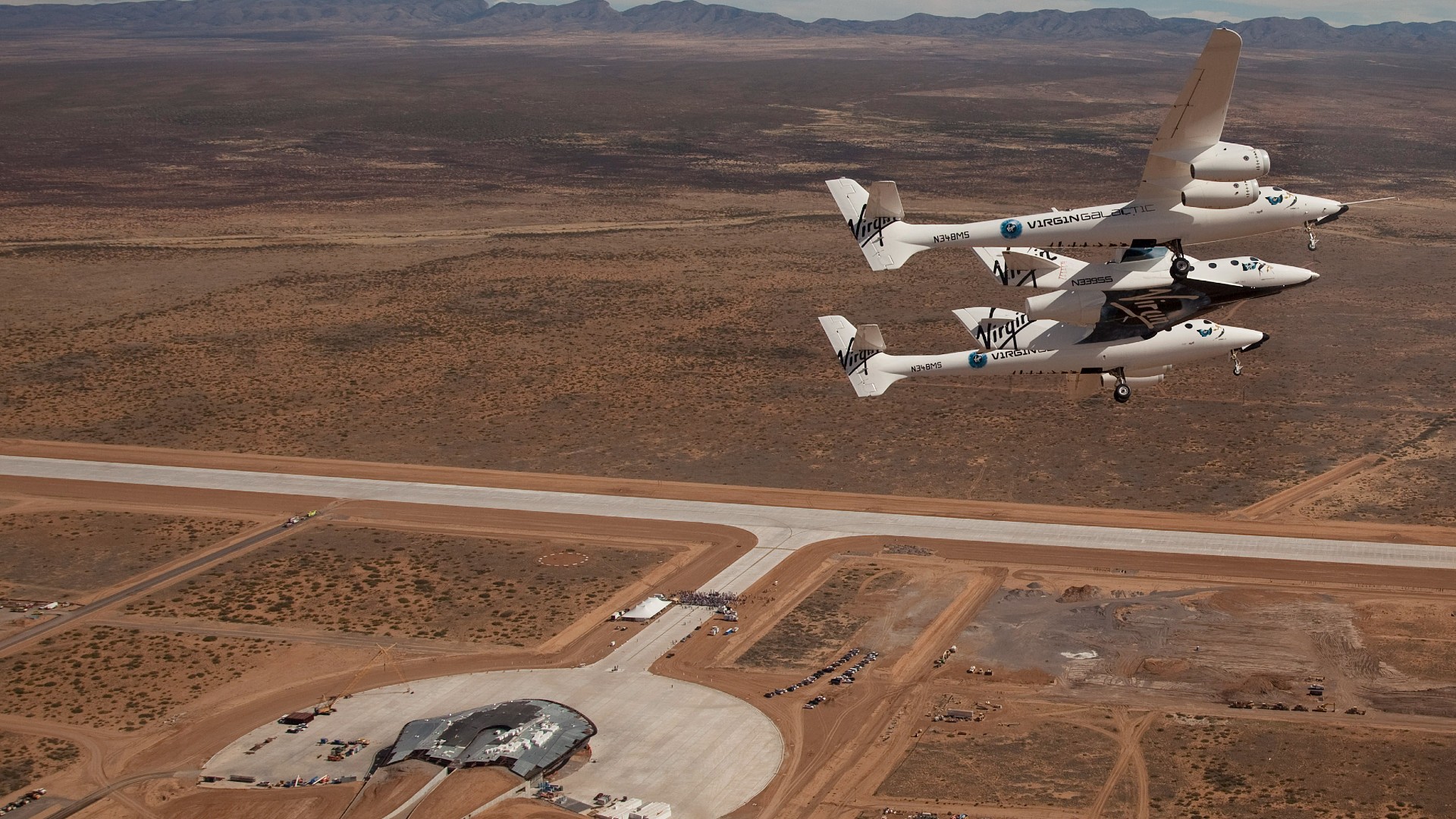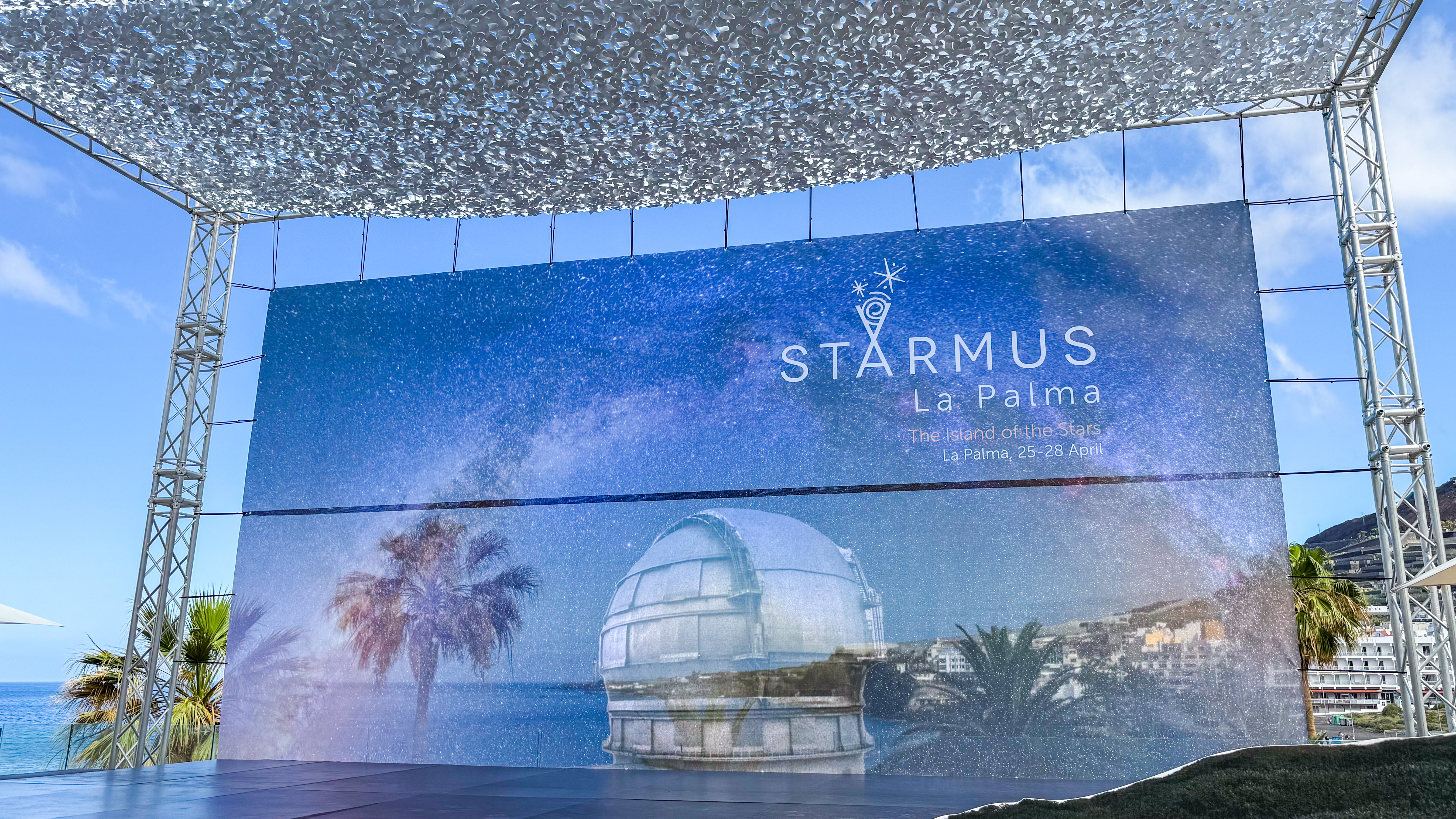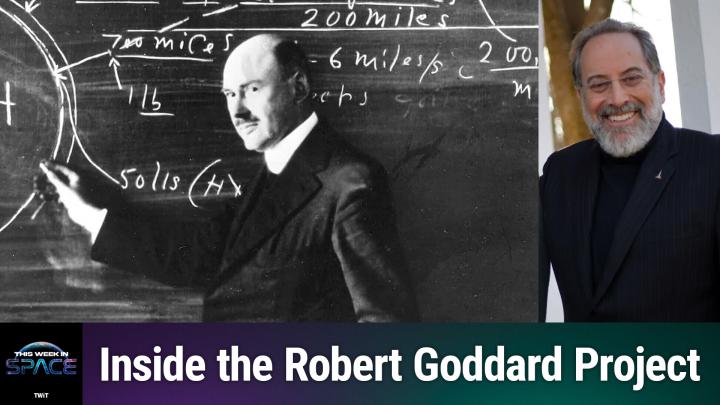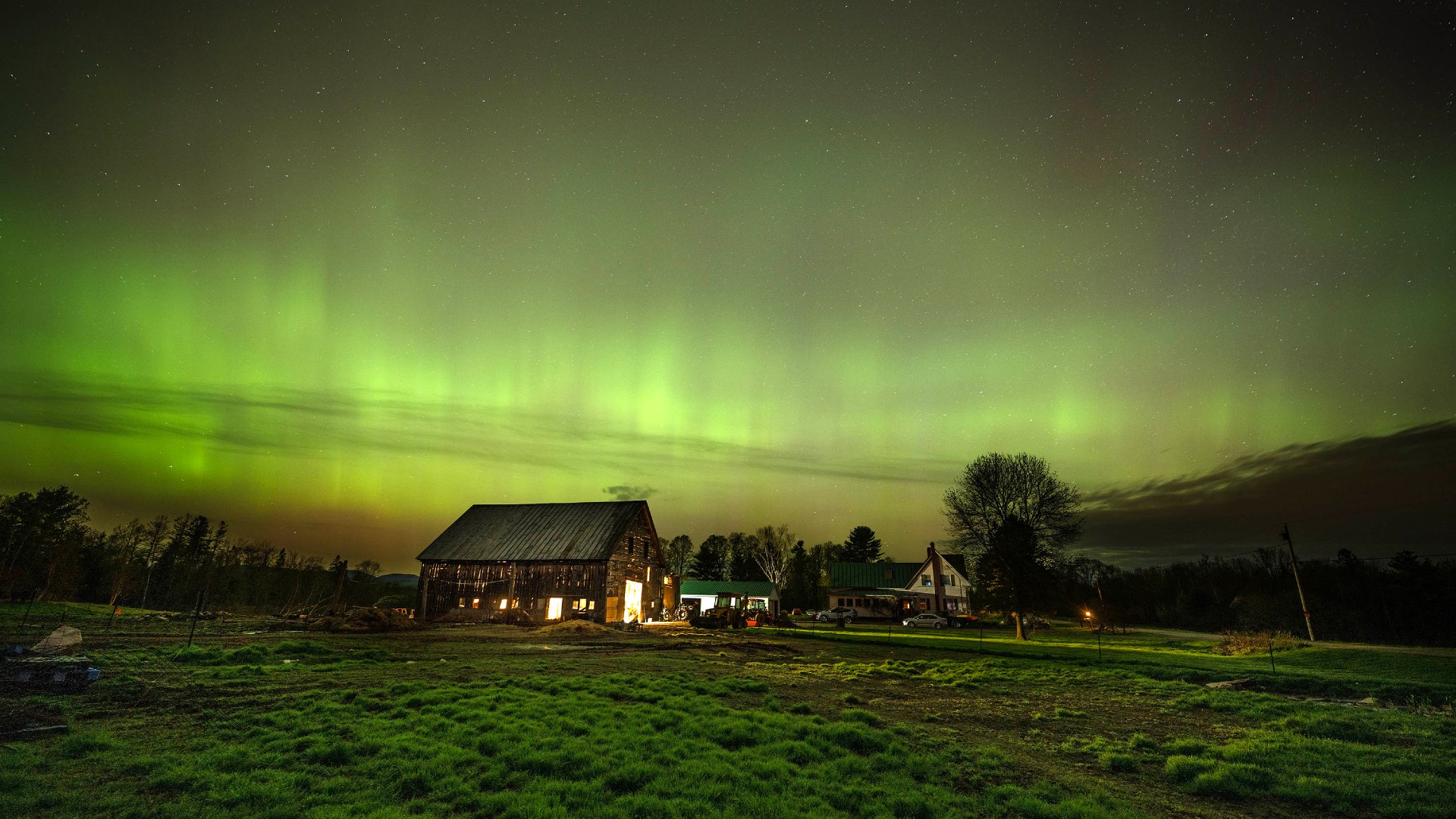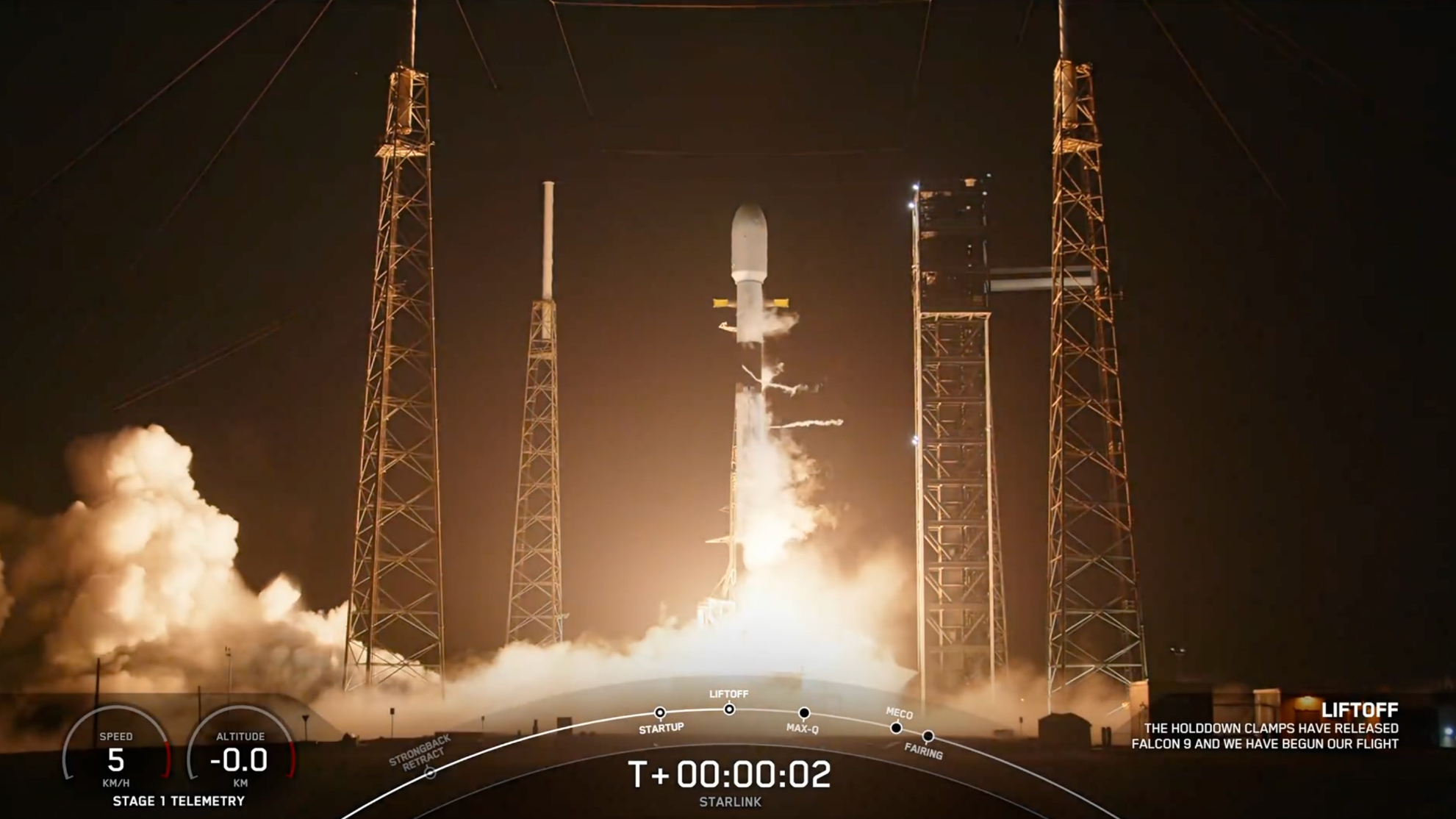'Roswell, New Mexico' Series Has a Fresh Take on Themes in the Original Alien Drama
NEW YORK — A "Roswell" series reboot will crash-land on The CW in 2019, and its creators attended last weekend's New York Comic Con to describe the modern themes that can be gleaned from this new interpretation.
"Roswell, New Mexico" doesn't air on The CW network until next year, but fans of the original WB show "Roswell" got an exclusive look at the reboot's first episode on Oct. 6.
The premiere episode is full of desert scenery, anecdotes about the famous Roswell Crash and a new interpretation of an iconic scene from the pilot of the original series. But there's also something deeper to the storyline this time around that makes it more relevant and compelling than before. [The CW Aims to Refresh 'Roswell' Teen Alien Drama]
By discussing aliens, "we're talking about people who feel othered," writer and show developer Carina Adly MacKenzie said during the Saturday morning panel that followed the premiere.
"I wanted to make sure there was a reason to reboot it," MacKenzie said. "The original show is available on Hulu, and it's really great, and there wasn't a reason to sort of update it unless we made it really current," she said. "One of the important things I wanted to do was return Liz Parker back to Liz Ortecho," the character's name from the source-material books.
The "Roswell High" books by Melinda Metz inspired the original television adaptation, which first aired in 1999. The story centers on three extraterrestrials and their human friends, who are uncovering their pasts and avoiding detection from the government agencies who seek to detain them. The lead character is a young human woman by the name of Liz, and, as the creators discussed during the reboot's panel, her last name was changed back to the way it was in the book series for an important reason.
In the books, Liz is of Mexican descent, but the original television series removed that aspect of the character. With this new incarnation and return to the initial source material, MacKenzie wanted to "talk about what it really feels like for actual human beings to exist in a small town in a border state in 2018."
Get the Space.com Newsletter
Breaking space news, the latest updates on rocket launches, skywatching events and more!
Liz Ortecho and her family are human, and so the plot delivers an extra dimension of complexity by casting the aliens — Max Evans, Isabel Evans and Michael Guerin — as white.
And as for the inspiration behind all this lore: The conspiracy theory about the little green men crashing into the New Mexico desert began over 70 years ago, in 1947. Roswell is the place where Sheriff George Wilcox received items, including strips of rubber and fabric, from W.W. "Mac" Brazel, a rancher who gathered the strange material he found across the desert. What Brazel actually found were pieces of a highly classified, high-altitude balloon that the U.S. government launched into the ionosphere as part of Project Mogul.
"Roswell, New Mexico" explores how potential extraterrestrials onboard the mythical flying object would face real-world fears as young adults, and bond with humans who also face the sharp end of xenophobia.
Follow Doris Elin Salazar on Twitter@salazar_elin. Follow us @Spacedotcom, Facebook and Google+. Original article on Space.com.
Join our Space Forums to keep talking space on the latest missions, night sky and more! And if you have a news tip, correction or comment, let us know at: community@space.com.

Doris is a science journalist and Space.com contributor. She received a B.A. in Sociology and Communications at Fordham University in New York City. Her first work was published in collaboration with London Mining Network, where her love of science writing was born. Her passion for astronomy started as a kid when she helped her sister build a model solar system in the Bronx. She got her first shot at astronomy writing as a Space.com editorial intern and continues to write about all things cosmic for the website. Doris has also written about microscopic plant life for Scientific American’s website and about whale calls for their print magazine. She has also written about ancient humans for Inverse, with stories ranging from how to recreate Pompeii’s cuisine to how to map the Polynesian expansion through genomics. She currently shares her home with two rabbits. Follow her on twitter at @salazar_elin.
